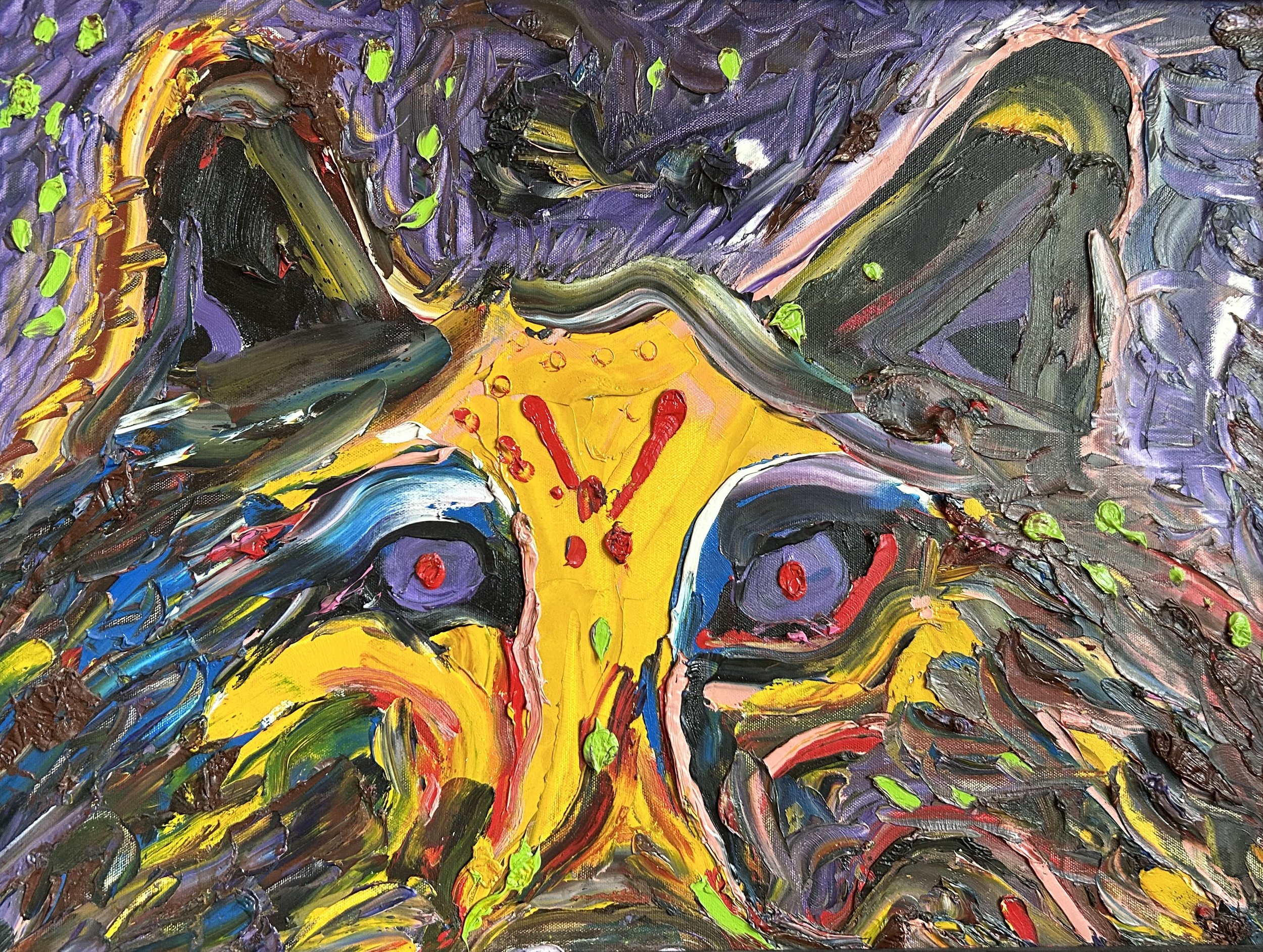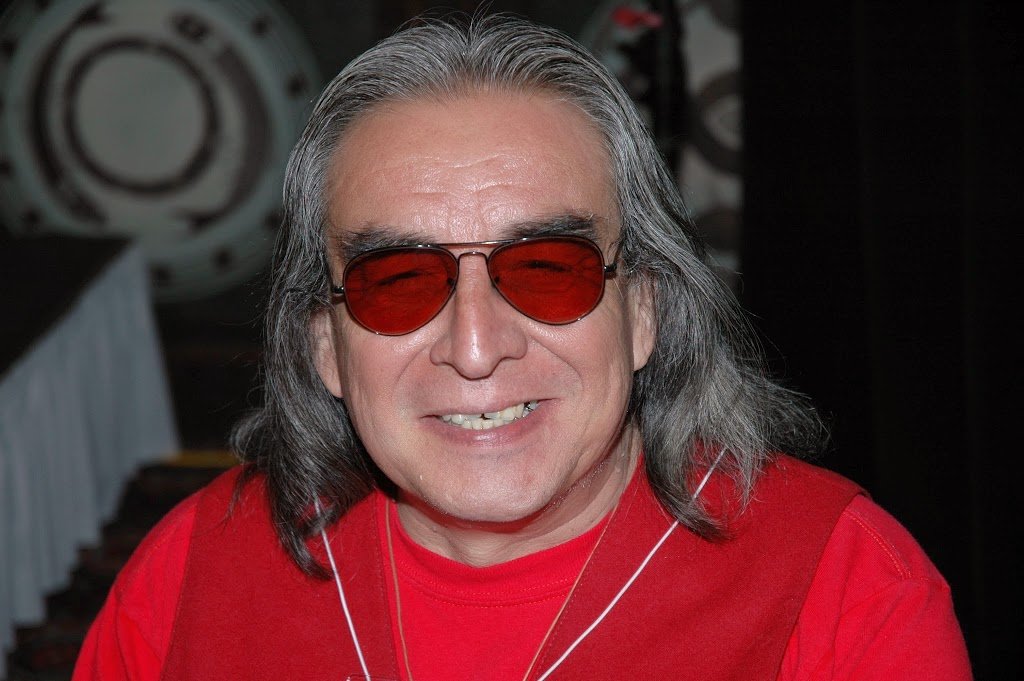BILL SOZA “WAR SOLDIER”
— SOLD —
– BILL SOZA “WAR SOLDIER” –
Cahuilla/Soboba Band of Luiseño Indians/Apache, 1949-2022
Billy Soza “War Soldier”, born on the Soboba Indian Reservation in Southern California, was an important artist of Luiseño decent. Growing up within the cultural heritage of his people, Soza’s experiences as a Native American and a Vietnam War veteran greatly influenced his artistic expression. His work focused on themes of cultural identity, Native American history, and the impact of colonization. He is best known for his socio-political painting that blends Native iconography and symbolism with contemporary narratives.
Billy Soza “War Soldier” began as an artist and activist in an era of civil social unrest during the seminal beginnings of the American Indian Movement (AIM) in the 60’s and 70’s. Soza was one of the early formative figures at the Institute of American Indian Arts (IAIA) working concurrently with T.C. Cannon, Fritz Scholder, Linda Lomahaftewa, Earl Biss, among other distinguished artists. As much as Soza was respected as an artist, he was equally acknowledged as a modern day “warrior” battling a system of oppressive government policy and racism prevalent in many Indian territories. Sharing the podium with like-minded Indigenous activists such as John Trudell and Dennis Banks, Soza was involved in actions at the Wounded Knee Occupation in 1973, Plymouth Rock, Alcatraz Island, the BIA Takeover in Washington D.C. and others. In his obituary, artist and friend, Alex Jacobs, eulogized Soza as “artist and AIM outlaw”.
“War Soldier’s" contributions extended beyond his art, as he was also an advocate for Native American veterans and the broader Indigenous community, using his platform to honor the resilience of his people and their ongoing struggles.
Billy Soza “War Soldier” has exhibited widely in galleries and museums, including MoCNA, the Heard Museum and the Eiteljorg Museum of American Indians and Western Art. Soza’s work is included in major collections across the United States including the Smithsonian National Museum of the American Indian, the Institute of American Indian Art, the TIA Collection and the Gorman Museum of Native American Art.







